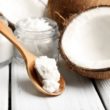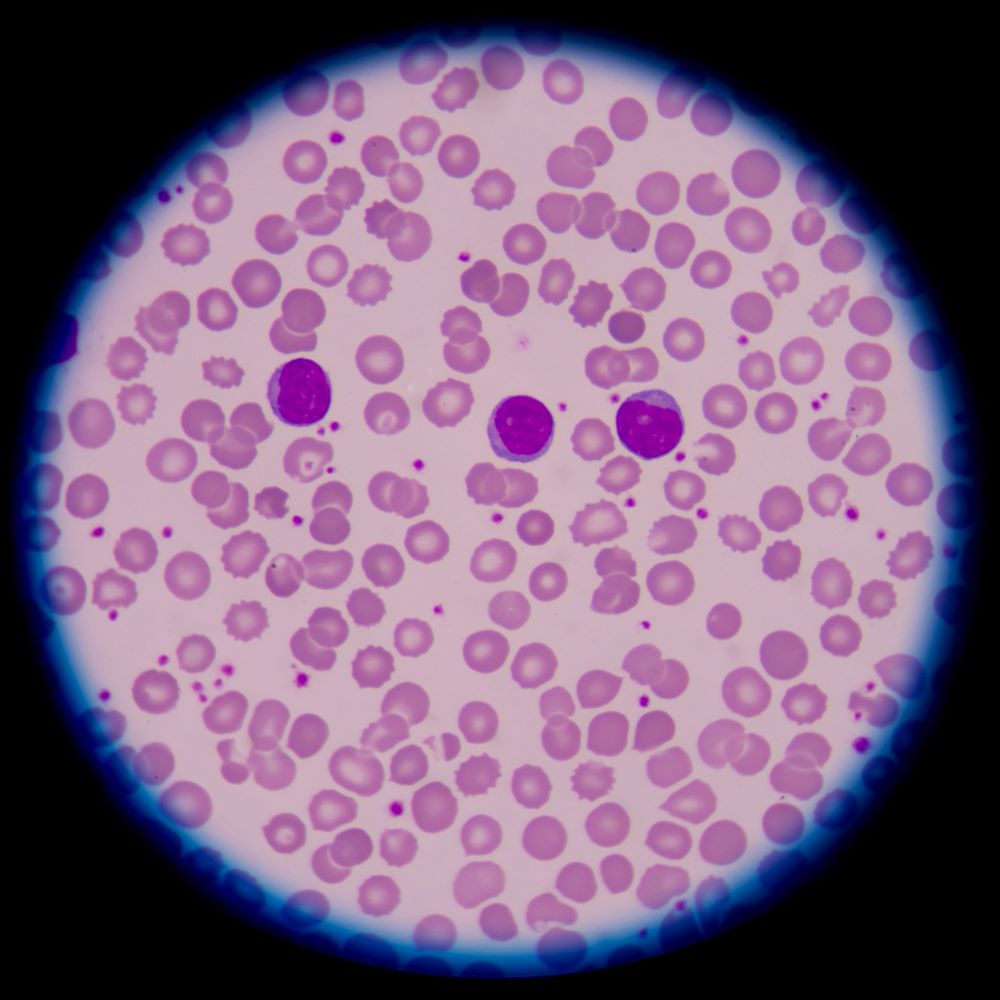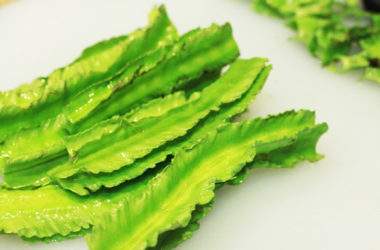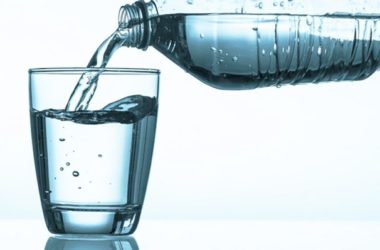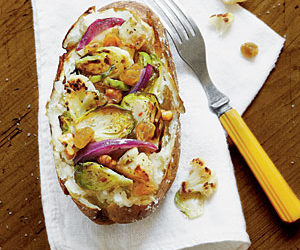Platelets — they are the smallest components of the blood. They are referred to as such because they resemble tiny plates when viewed under a microscope. By the way, platelets are also sometimes referred to as “thrombocytes”.
It’s important for you to have a normal platelet count, which can range anywhere from 150,000 to 450,000 per microliter of your blood. If your complete blood count (CBC), which is a routine blood test, says that your platelet count is less than 150,000 then you have what’s referred to as thrombocytopenia. This is a matter that should never be taken lightly as it can cause you to bleed excessively since your platelets are tasked at forming a clot to put an end to bleeding.
Some of the signs and symptoms of thrombocytopenia include:
- Prolonged bleeding from wounds
- Nose bleeds
- Bleeding from the gums
- Excessive or easy bruising
- Appearance of red or purple spots on the skin called petechiae
- Blood in stools
- Blood in urine
- Heavy menstrual flows
- Fatigue
- Enlarged spleen
- Yellowing of the skin and white portions of the eyes (jaundice)
In treating thrombocytopenia, it’s important to determine the causative factor — there are cases in which it is brought about by an underlying medical condition that needs to be diagnosed and dealt with accordingly. Some very common treatments for having low blood platelet count are the administration of certain medications, platelet transfusions and surgery (removing the spleen may be warranted if the said organ is trapping much of the platelets in the bloodstream).
According to health authorities, there are cases in which the problem can be managed by consuming foods that can help to increase the body’s production of platelets.
So without any more ado, let’s take a look at some of the foods that you should include in your diet if your recent CBC result says that your platelet count is lower than normal:
Iron-Containing Foods
We all know that iron is essential for the production of red blood cells (RBCs) which are important components of the blood just like platelets. Did you know that iron is also something that’s necessitated for proper platelet synthesis? That is why consuming the likes of spinach, beans, lentils, oysters, beef liver and even dark chocolate is a great idea if you are suffering from thrombocytopenia.
B Vitamin-Packed Foods
Just like iron, B vitamins are also tasked at encouraging the body to generate more platelets even though they are primarily known as essential for superb brain and nerve health. You can get plenty of B vitamins from all kinds of animal food sources such as clams, salmon, tuna, beef and milk. Whole grains, legumes, and dark and green leafy vegetables are some top plant sources of them.
Vitamin D-Rich Foods
Getting plenty of vitamin D is important for those who are suffering from depression and anxiety as the said nutrient can help to lift one’s mood, say mental health experts. Generous amounts of vitamin D should also be obtained by those who are battling thrombocytopenia as it can help to increase platelet count. Some of the top food sources of vitamin D include milk, cheese, yogurt, egg yolks and fatty fish such as sardines and salmon. Of course the sun is also an excellent source of platelet count-boosting vitamin D.
Vitamin K-Loaded Foods
As mentioned earlier, someone who is suffering from thrombocytopenia is likely to bleed excessively due to the fact that platelets are tasked at stopping bleeding. This is why health authorities highly recommend regular intake of foods that are loaded with vitamin K, a nutrient that helps to stop bleeding in order to prevent unnecessary loss of platelets. Some of the best food sources of vitamin K are cruciferous vegetables like kale and broccoli.




